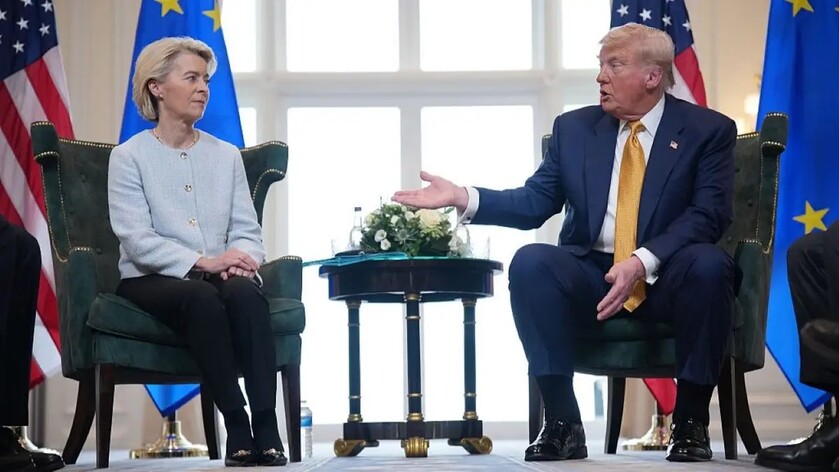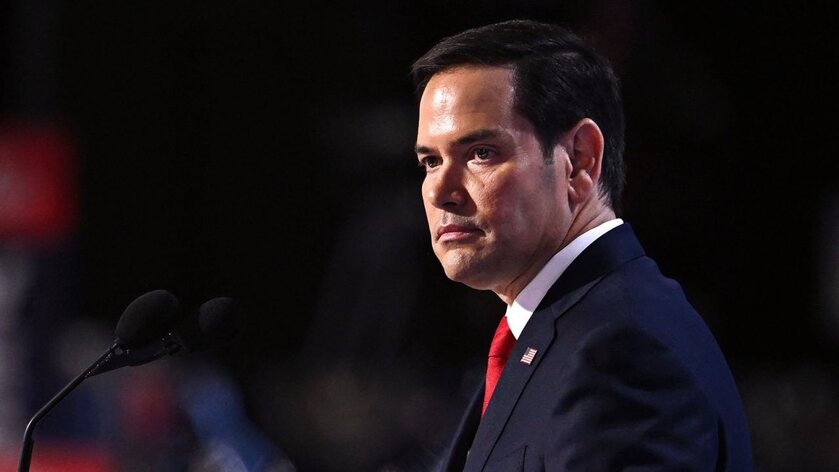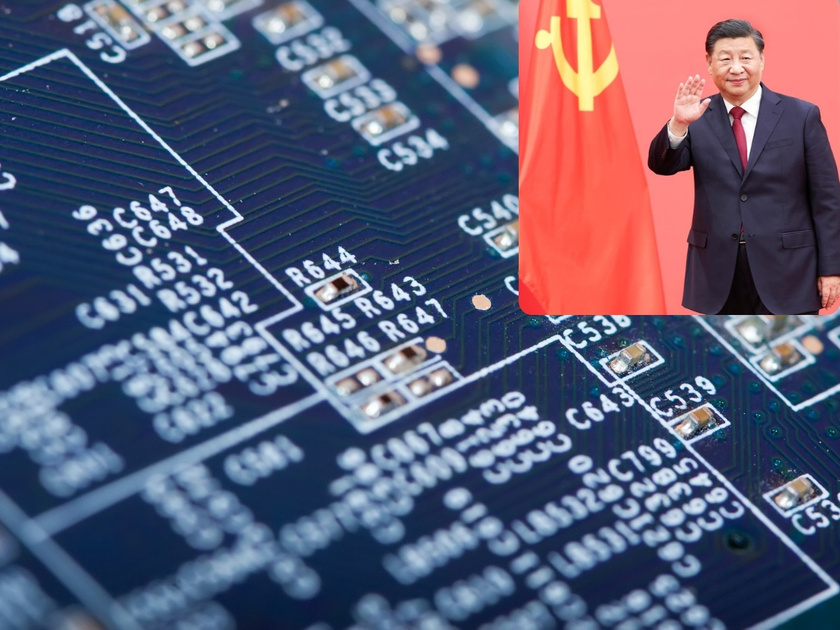U.S. President Donald Trump and European Commission President Ursula von der Leyen announced a significant trade deal Sunday, between the United States and the European Union, following high-stakes negotiations in Scotland, just days before a 30% tariff on European imports was due to take effect.
The announcement was made at Trump's golf course in Turnberry, Scotland, following intense negotiations that both leaders described as requiring substantial effort. The agreement marks a pivotal step in addressing long-standing trade imbalances between the two economic powers.
Trump described the agreement as the "biggest deal ever made," while von der Leyen emphasized the stability and predictability it brings.
The deal establishes a uniform 15% tariff on automobiles and other goods traded between the U.S. and the EU. President Trump emphasized that this tariff structure would create a level playing field, particularly for U.S. exports. He noted that European markets, previously largely closed to American products, would now be more accessible, especially for U.S. agriculture and other industries.
In addition to the tariff agreement, von der Leyen revealed that the EU would purchase $150 billion worth of U.S. energy as part of the deal. This commitment is complemented by $600 billion in other investments into the U.S. economy, signaling a significant economic partnership aimed at fostering mutual growth and cooperation.
The announcement followed a press conference where both leaders initially expressed uncertainty about reaching an agreement, estimating the odds at 50-50. Trump acknowledged the historically strong relationship with the EU but criticized past trade practices as "one-sided" and unfair to the U.S., particularly due to trade deficits.
Von der Leyen echoed Trump’s sentiments, emphasizing the need for a "rebalancing" of the bilateral trade relationship, which is worth billions annually. She acknowledged the EU’s trade surplus with the U.S. and agreed that the deal was a step toward fairness, addressing the deficit that has long been a point of contention.
The negotiations, described as requiring "heavy lifting," reflect the complexity of aligning the interests of two major global economies. Both leaders expressed satisfaction with the outcome, with von der Leyen highlighting the deal’s potential to strengthen transatlantic economic ties.
This agreement represents a significant shift in U.S.-EU trade relations, aiming to create a more balanced and equitable framework. By addressing tariffs, market access, and substantial investments, the deal sets the stage for enhanced cooperation and economic integration between the U.S. and the EU.















